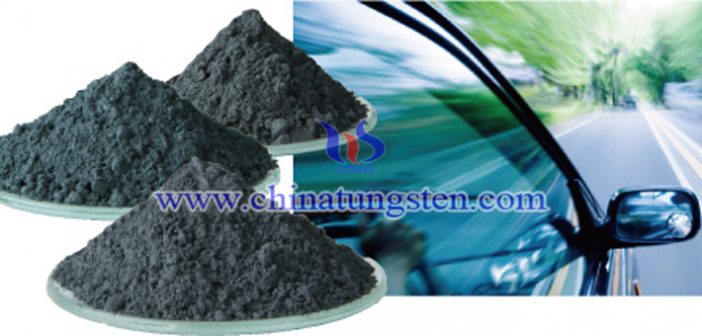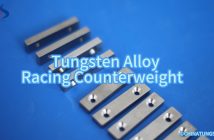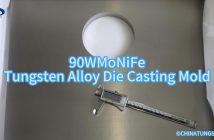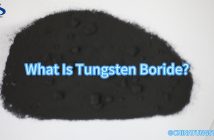Tungsten silicide is an odorless blue gray tetragonal crystal with CAS number of 12039-88-2, density of 9.88g/cm3, melting point of 900°C, molecular formula of WSi2, and molecular weight of 240.01100. It is insoluble in water and aqua regia. And it dissolved in nitric acid and hydrofluoric acid mixture. Also, it can react violently with substances such as strong acids, fluorine, oxidizers, and interhalogens.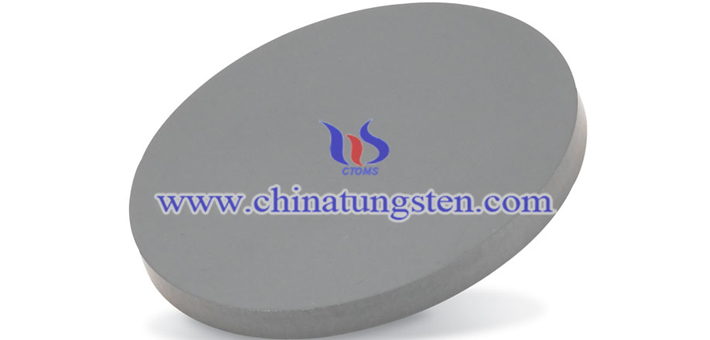
Applications
1. Tungsten silicide is an electrically conductive ceramic material.
2. It is used in microelectronics as a contact material, with resistivity 60–80 μΩ?cm; it forms at 1000°C. It is often used as a shunt over polysilicon lines to increase their conductivity and increase signal speed.
Tungsten silicide layers can be prepared by chemical vapor deposition, e.g. using monosilane or dichlorosilane with tungsten hexafluoride as source gases. The deposited film is non-stoichiometric, and requires annealing to convert to more conductive stoichiometric form. Tungsten silicide is a replacement for earlier tungsten films.
3. WSi2 is also used as a barrier layer between silicon and other metals, e.g. tungsten.
4. WSi2 also finds use in microelectromechanical systems and for oxidation-resistant coatings.
Films of tungsten silicide can be plasma-etched using e.g. nitrogen trifluoride gas.
More details, please visit:
http://tungstate.net/English/tungsten-silicide.html

